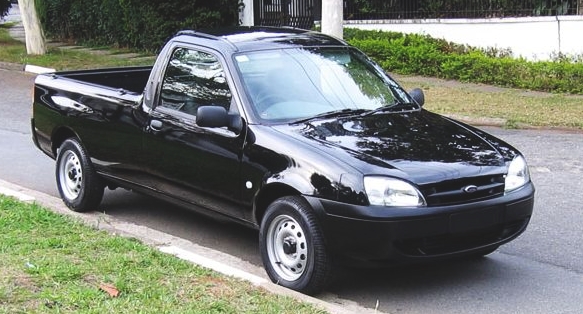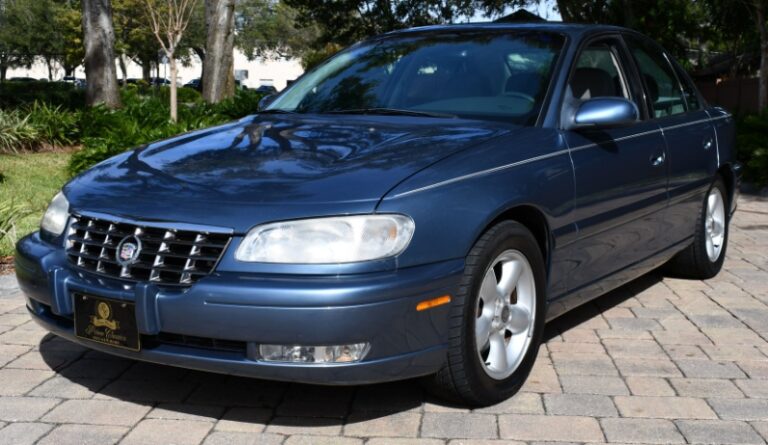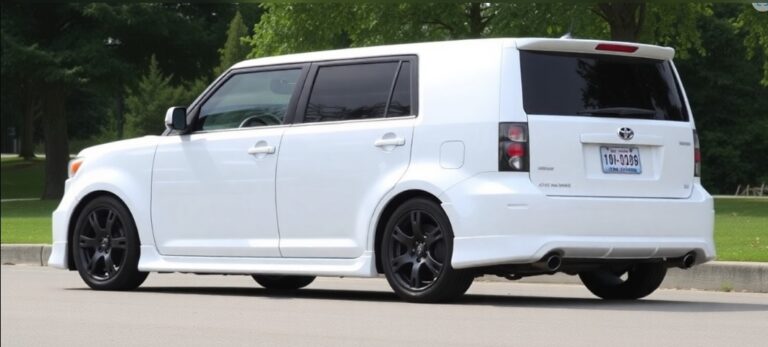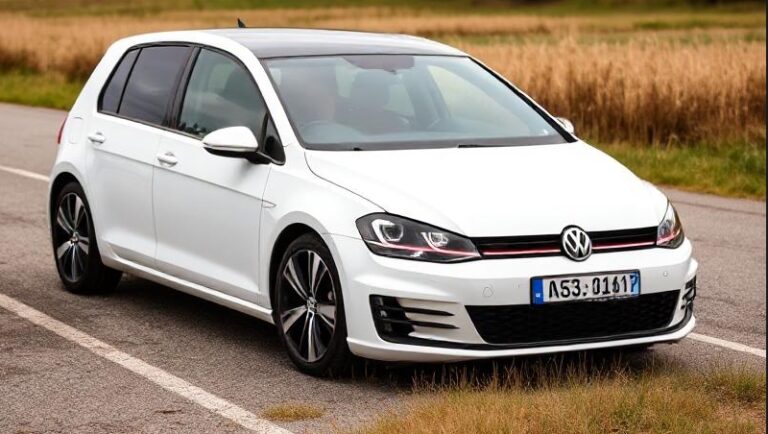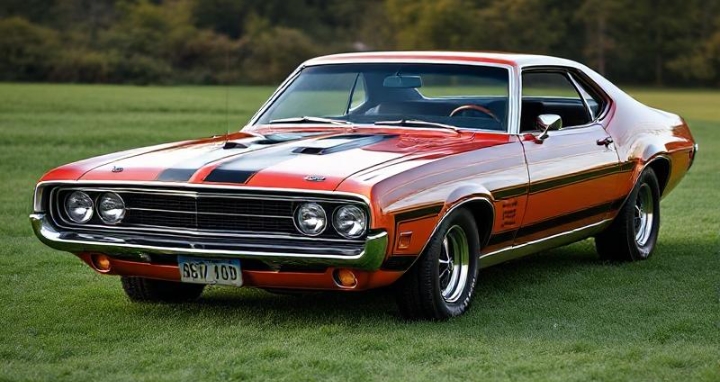The Evolution of the Ford Courier
The Ford Courier is a compact pickup truck that has played a significant role in the global automotive market since its inception. Over the decades, it has undergone numerous transformations in design, engineering, and market positioning. This article provides a detailed chronological overview of the Ford Courier, including its years of production, model variations, and trim levels, highlighting its evolution from inception to its current status.
Origins and Early Development (1972–1982)
Introduction and Market Context
The Ford Courier was introduced as a compact pickup truck designed primarily for markets requiring smaller, more economical work vehicles. Its roots trace back to the early 1970s, emerging during a period when compact trucks gained popularity due to rising fuel prices and urbanization.
First Generation (1972–1982)
- Global Launch: The Ford Courier was initially launched in Australia in 1972, based on the Mazda B-Series platform, as part of an agreement between Ford and Mazda. This partnership aimed to produce small pickups suited for various markets.
- Design and Features: The first-generation Courier featured a simple, utilitarian design, with a focus on durability and practicality. It was available as a two-door pickup with a regular cab configuration.
- Powertrain Options: The early models were equipped with four-cylinder engines, primarily carbureted, with engine sizes ranging from approximately 1.3 to 1.6 liters.
- Trim Levels: The initial trims were basic, often including a standard model with minimal features, and a higher trim level offering more comfort and convenience options.
Market and Variants
The first-generation Courier was mainly sold in Australia, Southeast Asia, and parts of South America. It was appreciated for its compact size and reliability, making it popular among small business owners and urban consumers.
The 1980s: Expansion and Diversification
Second Generation (1982–1992)
- Global Expansion: The second-generation Courier marked the model’s expansion into North America and other markets outside Australia. Notably, in North America, the Ford Courier was marketed primarily in the early 1980s as a compact alternative to full-sized pickups.
- Design Changes: The 1982 redesign introduced a more modern, aerodynamic cab with improved aerodynamics and styling. The vehicle retained its compact dimensions but offered a more refined appearance.
- Engine Options: This generation saw the introduction of more powerful engines, including carbureted four-cylinder options, with some markets offering a 1.8-liter or 2.0-liter engine. In some regions, a diesel engine was available.
- Trim and Model Variants:
- Base/Standard: The entry-level model emphasizing utility.
- XLT: A higher trim offering additional features such as upgraded interiors, better trim, and optional accessories.
- Sport or Deluxe: Some markets offered sportier trims with aesthetic enhancements like striping or alloy wheels.
- Body Styles: The second-generation Courier was available as a regular cab, extended cab, and in some markets, a chassis cab for commercial purposes.
- Market Positioning: During this period, Ford positioned the Courier as an affordable, practical truck suitable for light-duty work and personal use.
Key Developments
Throughout the 1980s, the Courier gained popularity for its affordability, fuel economy, and ease of maintenance. It became a staple in small business fleets and among consumers seeking a compact truck.
.
The Resurgence of Vintage Pickup Trucks
.
The 1990s: Refinement and Special Editions
Third Generation (1992–1999)
- Design Evolution: The 1992 model received a significant facelift, with more aerodynamic styling, improved interior ergonomics, and better safety features.
- Engine and Powertrain: The third-generation models offered a range of engines, including 2.0-liter four-cylinders and, in some markets, a 2.3-liter or 2.5-liter engine. Diesel variants were also available in certain regions.
- Trim Levels:
- XL: The basic workhorse model, emphasizing utility.
- XLT: Offered more comfort features, better interior materials, and upgraded styling.
- Sport or Limited: Some markets offered sportier trims with cosmetic enhancements.
- Body Styles: Continued availability of regular cab, extended cab, and chassis cab configurations.
- Market Focus: The third-generation Courier was marketed as a versatile, reliable vehicle for both commercial and personal use, with a focus on durability and affordability.
Technological and Feature Enhancements
During the 1990s, the Courier saw improvements in suspension, safety features (such as optional airbags and improved braking systems), and interior comfort, aligning with consumer expectations.
The 2000s: Transition and Discontinuation in Some Markets
Fourth Generation (2000–2011)
- Design and Engineering: The fourth-generation Ford Courier was essentially a rebadged Mazda B-Series or similar platform, depending on the market. It featured a more modern, rounded design, aligning with contemporary styling trends.
- Market Variability: Production of the Courier continued primarily in developing markets, including Asia, Africa, and South America, where it remained popular as an affordable and reliable light-duty truck.
- Powertrain Options: The engines included 2.0-liter and 2.5-liter four-cylinder options, with manual and automatic transmissions.
- Trim Levels:
- Base: Basic utility model.
- SX/XL: Mid-level trims with comfort and convenience features.
- XLT/Highline: Top-tier trims with upgraded interiors, audio systems, and cosmetic enhancements.
- Body Styles: The model lineup included regular cab and extended cab variants, with some markets offering a supercab configuration.
Market Developments
By the late 2000s, Ford began phasing out the Courier in North America, replacing it with larger or more modern vehicles, but it remained in production elsewhere due to its market demand.
The End of Production and Legacy (2011–Present)
Discontinuation and Current Status
- North American Market: Ford officially discontinued the Courier in North America after the 2011 model year, as the segment shifted toward more modern, larger pickups.
- Global Markets: The Courier continued to be produced in some regions, notably in South America and parts of Asia, where it maintained its reputation as an affordable, durable compact truck.
- Global Variants: In some countries, the Courier was rebadged or replaced by other models, such as the Ford Ranger or local brands.
Reemergence and New Developments
In recent years, Ford has announced and launched new models under the “Courier” nameplate in select markets, particularly in South America and Asia. These newer versions often feature modern design, improved safety, and advanced technology, reflecting current automotive standards.
Key Models and Trim Levels Summary
| Era | Model Name | Trim Levels | Notable Features |
|---|---|---|---|
| 1970s | First Generation (Australia) | Basic, Deluxe | Simple, utilitarian design |
| 1980s | Second Generation | Base, XLT, Sport | Aerodynamic styling, improved comfort |
| 1990s | Third Generation | XL, XLT, Sport, Limited | Safety features, interior upgrades |
| 2000s | Fourth Generation | Base, SX/XL, XLT/Highline | Modern design, multiple engine options |
| 2010s | Discontinued in North America | N/A | Market-specific variants in other regions |
Conclusion
The Ford Courier has demonstrated remarkable adaptability over nearly five decades, evolving from a basic utilitarian vehicle into a versatile and reliable compact pickup. Its development reflects broader trends in the automotive industry, including increased focus on safety, comfort, and fuel efficiency. Although it has been discontinued in some markets, the Courier’s legacy persists through its impact on small truck segments worldwide and its recent revival in emerging markets with modern models.
The story of the Ford Courier exemplifies how a vehicle can adapt to changing consumer needs and technological advancements while maintaining its core identity as an affordable, durable, and practical pickup truck. Its evolution underscores Ford’s commitment to serving diverse markets with tailored solutions, ensuring that the Courier remains a notable chapter in automotive history.
